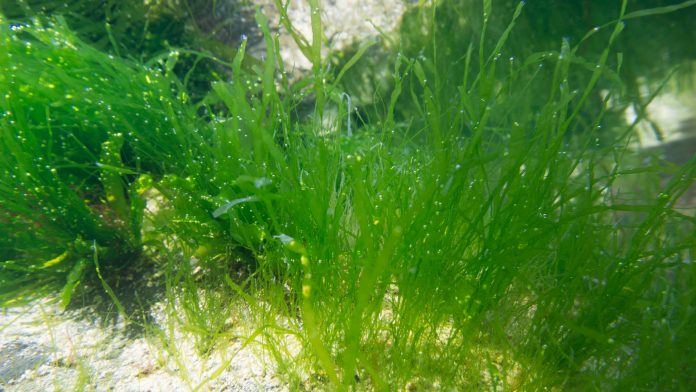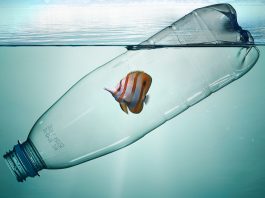Intensive plastic production in Spain has led to microplastics leaking into the surrounding environment, polluting the Mediterranean seagrass beds.
Large-scale production of fruit and vegetables in Spain’s greenhouse industry is believed to have leaked microplastic contaminants into the surrounding Mediterranean seagrass beds.
As published in the scientific journal Environmental Pollution, a new study from Almería, Spain, also known as ‘the sea of plastic’, shows that the development of intensive greenhouse farming, which has taken place since the 1970s, seems to have led to ever-increasing emissions of microplastics.
The high use of plastic in Almería is mainly due to the plastic films used to cover the greenhouses, which wear out quickly and need to be replaced relatively often. Through usage and weathering of the plastic film and other types of plastic used in the production of fruit and vegetables, they end up in the environment and are passed on to the sea through runoff.
Martin Dahl, a researcher in marine ecology at the Department of Ecology at Stockholm University, said: “Almería is unique in Europe because it is one of the few human structures that can be seen from space because it is so large. The area accounts for about a quarter, or three million tonnes, of the total Spanish exports of vegetables and fruit.”
Seagrass’ microplastic archive
Seagrass beds act as filters for coastal areas and can therefore capture particles, including microplastics. This makes them interesting to study as they stabilise and build up thick sediment layers that can be used as historical environmental archives to study the accumulation of microplastics over time.
Dahl explained: “Seagrass beds could serve as a first step in the transfer of microplastics to animals, as many graze on seagrass or live in its sediment, and in this way could be exposed to plastic. We generally do not know enough about the effect of microplastics on the environment, but on the other hand we know that today plastic and microplastics occur almost everywhere in the oceans and, therefore, I think you should see it as a warning signal. Historically, there is usually a certain time lag from the introduction of environmental toxins until effects can be seen, such as with PCBs and DDT.”
The researchers were able to find PVC and polystyrene used in greenhouse cultivation in Almería. However, the analysis could not identify all specific plastic polymers and link them directly to the type of plastic that the greenhouses are covered with.









